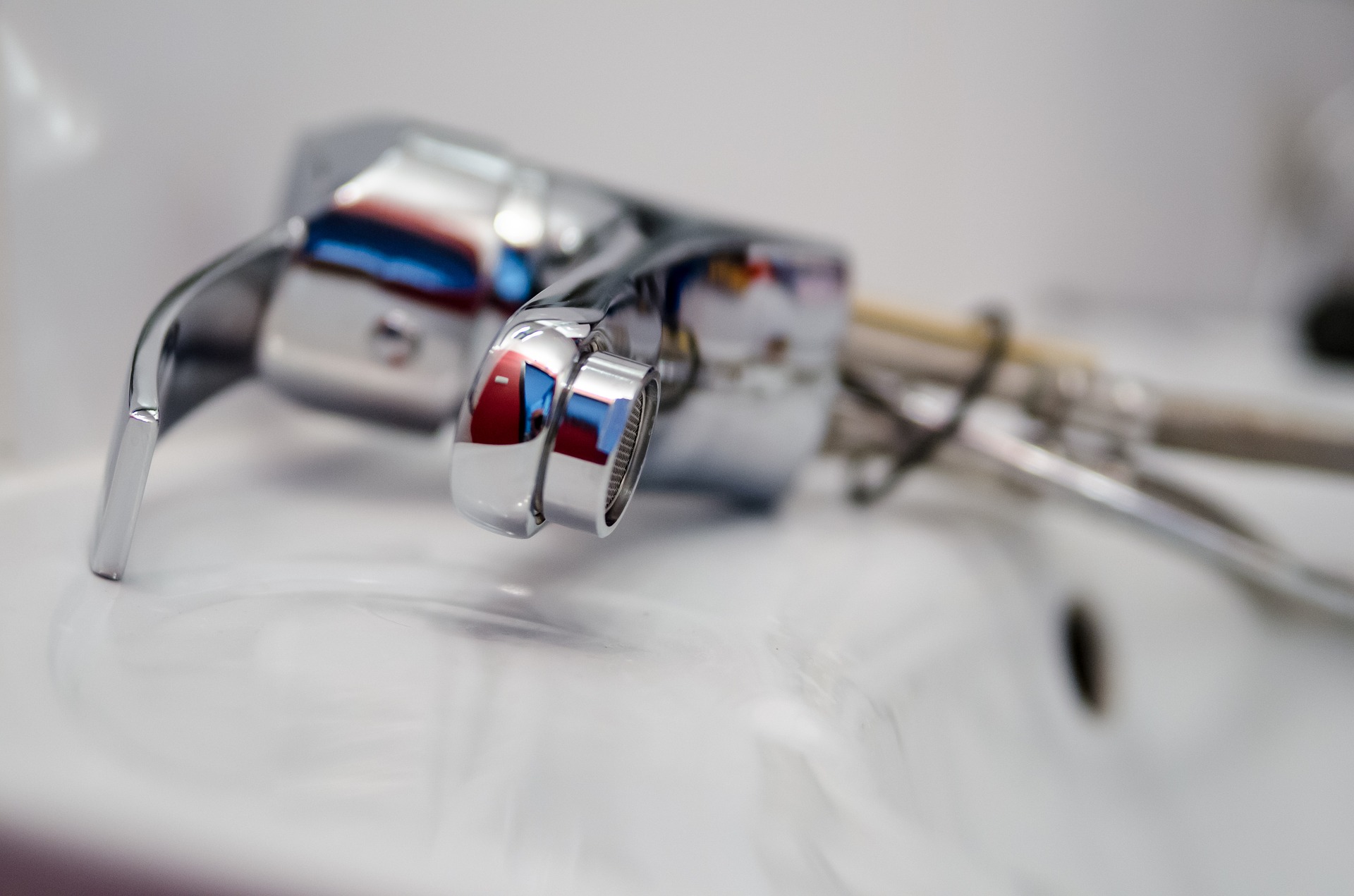Prophylaxis of Everyday Plumbing Problems in Your Home: A Step-by-Step Guide
Prophylaxis of Everyday Plumbing Problems in Your Home: A Step-by-Step Guide
Blog Article
The article on the next paragraphs in relation to 6 Common Plumbing Problems and How to Fix Them is indeed fascinating. You should look it over.

Intro
Keeping a useful plumbing system is vital for a comfy home. By taking safety nets, you can prevent typical plumbing problems that may interrupt your daily life and sustain pricey repair services.
Display Water Stress
Watch on your water stress to avoid anxiety on your pipes and appliances. High water pressure can result in leaks and damage gradually. Take into consideration installing a pressure regulator to maintain ideal water stress throughout your home.
Enlighten Home Members
Inform every person in your house about proper plumbing methods. Show them what must and should not be flushed or gotten rid of down the tubes to stop preventable plumbing issues.
Safeguard Pipelines from Cold
Throughout winter, take steps to prevent your pipes from freezing. Shield revealed pipes, particularly those in unheated areas like basements and attics. Allow taps to leak during freezing temperature levels to avoid water from freezing in the pipelines.
Address Leaks Quickly
Deal with any leaks or drips as quickly as you observe them. Even small leaks can waste water and create damage to your home over time. Tighten up loose fittings or replace damaged seals to avoid leaks from getting worse.
Normal Maintenance Checks
Consistently checking your plumbing system is crucial for determining potential problems prior to they rise. Inspect pipelines, taps, commodes, and appliances for leakages, corrosion, or indications of deterioration.
See What You Flush
Bear in mind what you purge down your commodes. Prevent flushing items such as wipes, cotton spheres, sanitary products, and paper towels, as these can cause blockages and back-ups in your pipes.
Appropriate Disposal of Grease and Food Waste
Dispose of grease, oils, and food scraps appropriately to avoid buildup in your pipes. Prevent putting oil down the tubes, as it can solidify and trigger obstructions. Use a strainer in your kitchen sink to capture food fragments and vacant it routinely.
Be Gentle with Plumbing Components
Prevent utilizing excessive pressure when operating plumbing components such as taps and valves. Rough handling can create deterioration, resulting in leakages and various other malfunctions.
Routine Drain Cleaning
Set up normal drainpipe cleansing to avoid accumulation of hair, soap scum, and various other debris. Utilize a drainpipe serpent or enzymatic cleaner to remove obstructions and keep smooth drainage.
Mount Water Softeners
Consider setting up a water softener if you have hard water. Difficult water can trigger mineral accumulation in your pipes and appliances, resulting in decreased water flow and performance.
Verdict
Avoiding common plumbing concerns in your house requires persistance and normal maintenance. By complying with these preventive measures, you can make sure that your plumbing system runs efficiently and avoid expensive repair work in the future.
Expert Tips for Preventing Common Plumbing Issues
Keep Drains Clear and Functional
Regularly clean drain covers and hair-catching devices to eliminate debris and prevent buildup. Avoid disposing of grease, oil, or coffee grounds down your drains, as they can congeal and accumulate over time, creating obstructions. Consider using a biodegradable drain cleaner periodically to break down organic matter and maintain clear pipes. Prevent and Identify Leaks Early
Regularly inspect visible plumbing connections, pipes, and fixtures for signs of moisture or corrosion. Fix loose connections or replace damaged components as needed. Install water leak sensors in high-risk areas such as under sinks, near water heaters, and around washing machines to provide early warning of potential leaks. Monitor your water bill for sudden increases in usage, which may indicate a hidden water leak. Protect Plumbing from Freezing Temperatures
Allow faucets to drip slightly during extremely cold weather to prevent freezing and pressure buildup inside the pipes. Seal gaps and openings in walls, doors, and windows near plumbing to prevent drafts from reaching your pipes. Maintain Optimal Water Heater Performance
Schedule annual professional maintenance of your water heater, including checking pressure-relief valves, flushing sediment buildup, and inspecting for corrosion or leaks. Maintain the manufacturer-recommended temperature setting, typically around 120°F (49°C), to optimize energy efficiency and prevent scalding. Consider installing an expansion tank in your system if you have a closed-loop water supply, which prevents excessive pressure buildup and potential water heater failure. https://www.climatecontrolkc.com/blog/plumbing/tips-for-preventing-plumbing-issues/

I hope you liked our part on What You Can Do to Avoid Plumbing Problems. Thank you so much for taking time to read through our blog. If you liked our post if you please remember to pass it around. I love your readership.
Find Out More Report this page